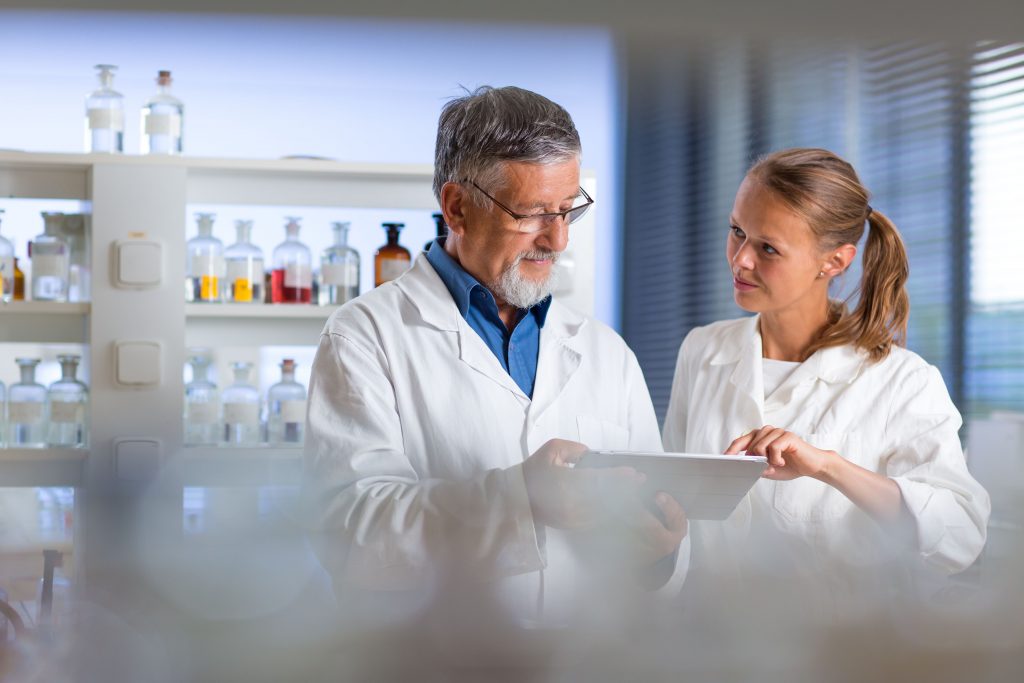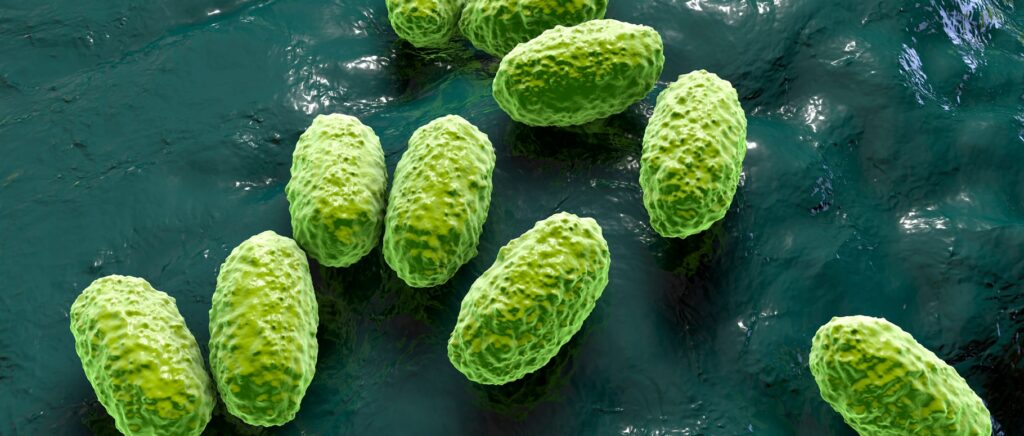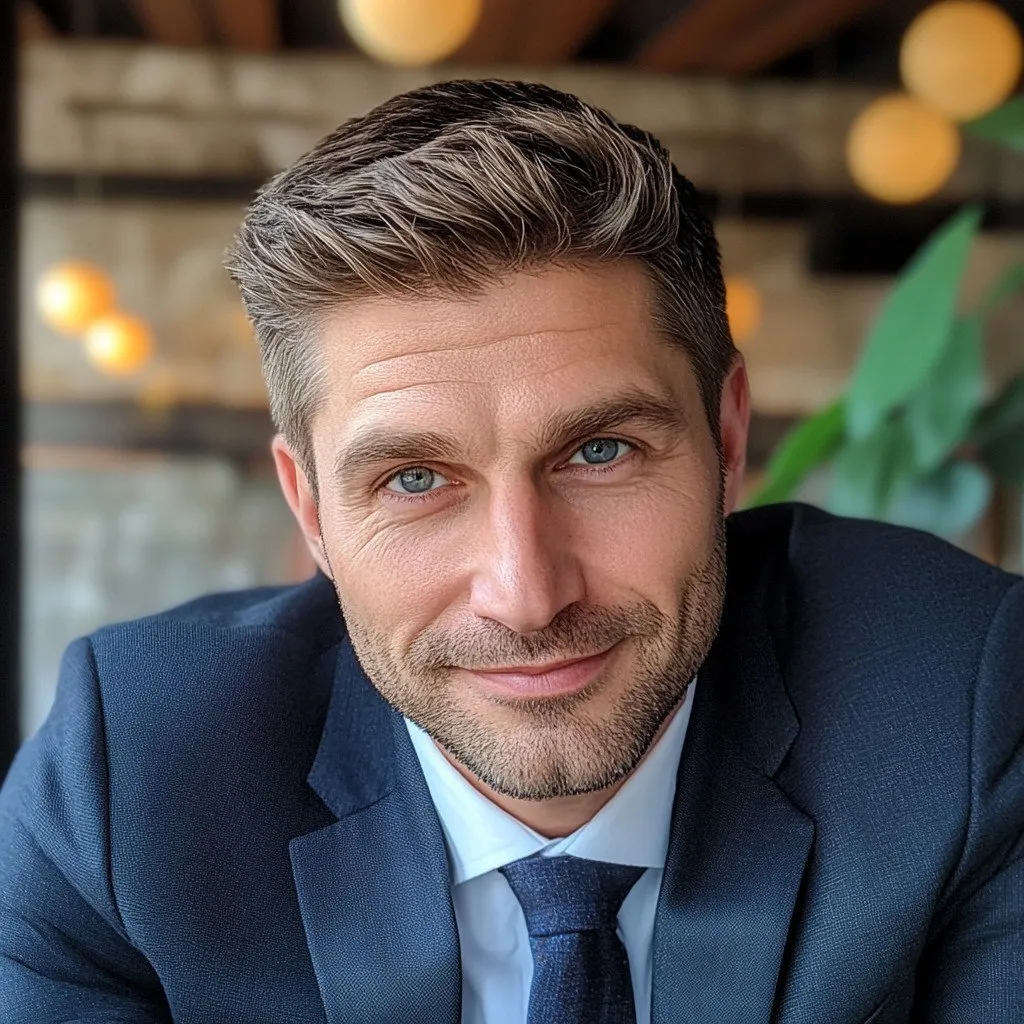
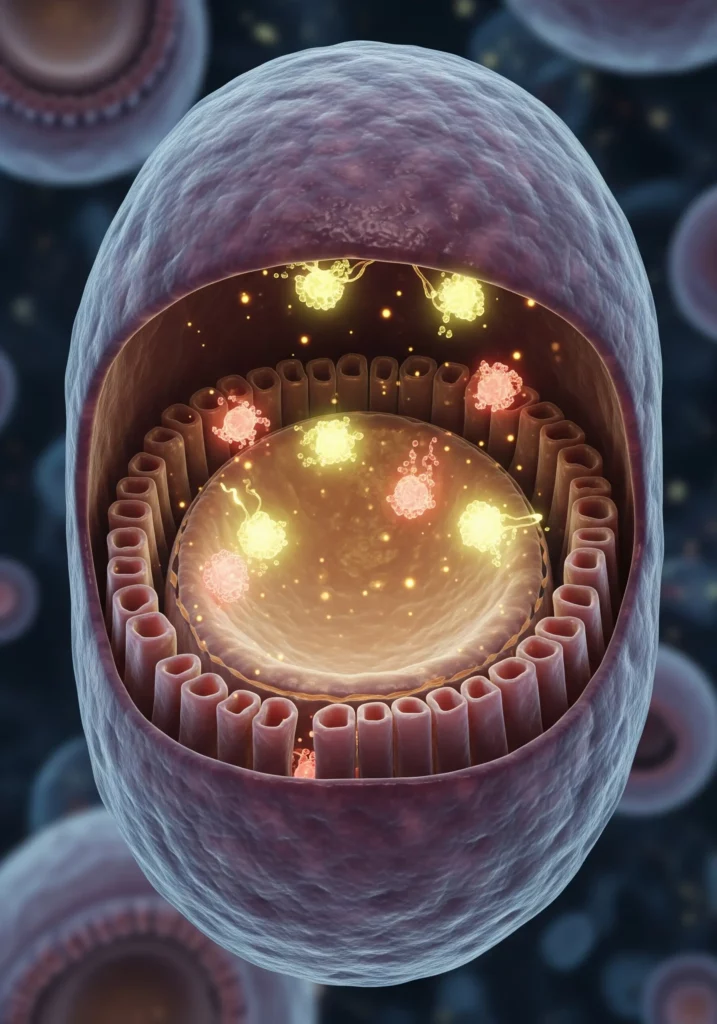
How natural enzymes of youth protect cells from aging and restore energy at the molecular level
Introduction
We often hear about antioxidants — vitamin C, polyphenols, resveratrol.
But the true “guardians of youth” are not external substances but enzymes produced by our own body: superoxide dismutase (SOD), catalase, and glutathione reductase.
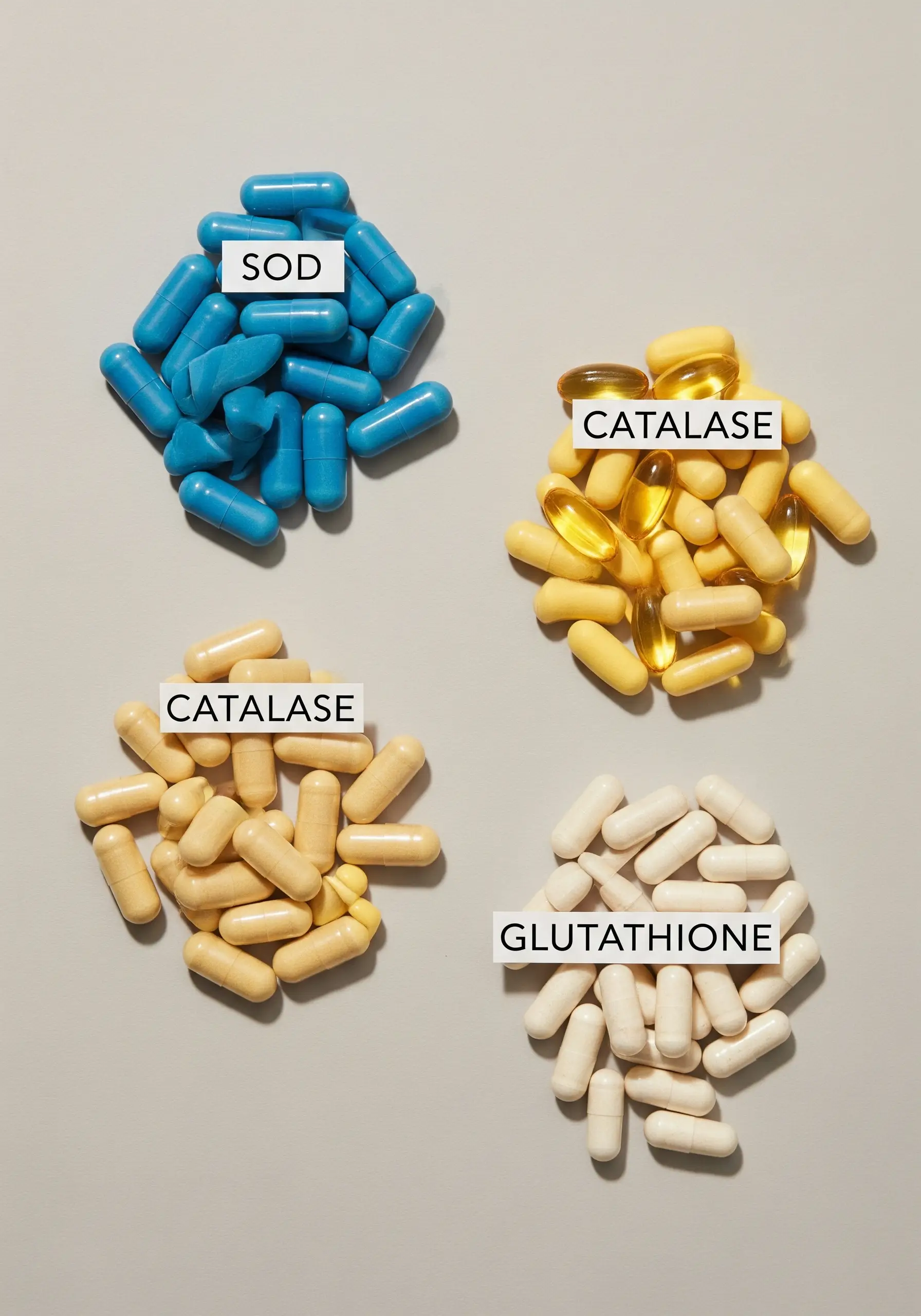
These three enzymes work as a cell self-cleaning chain: they neutralize radicals, regenerate antioxidants, and protect DNA.
With age, stress, or inflammation, enzyme activity declines — and the cell begins to “rust.”
Restoring this natural shield means slowing aging at the cellular level.
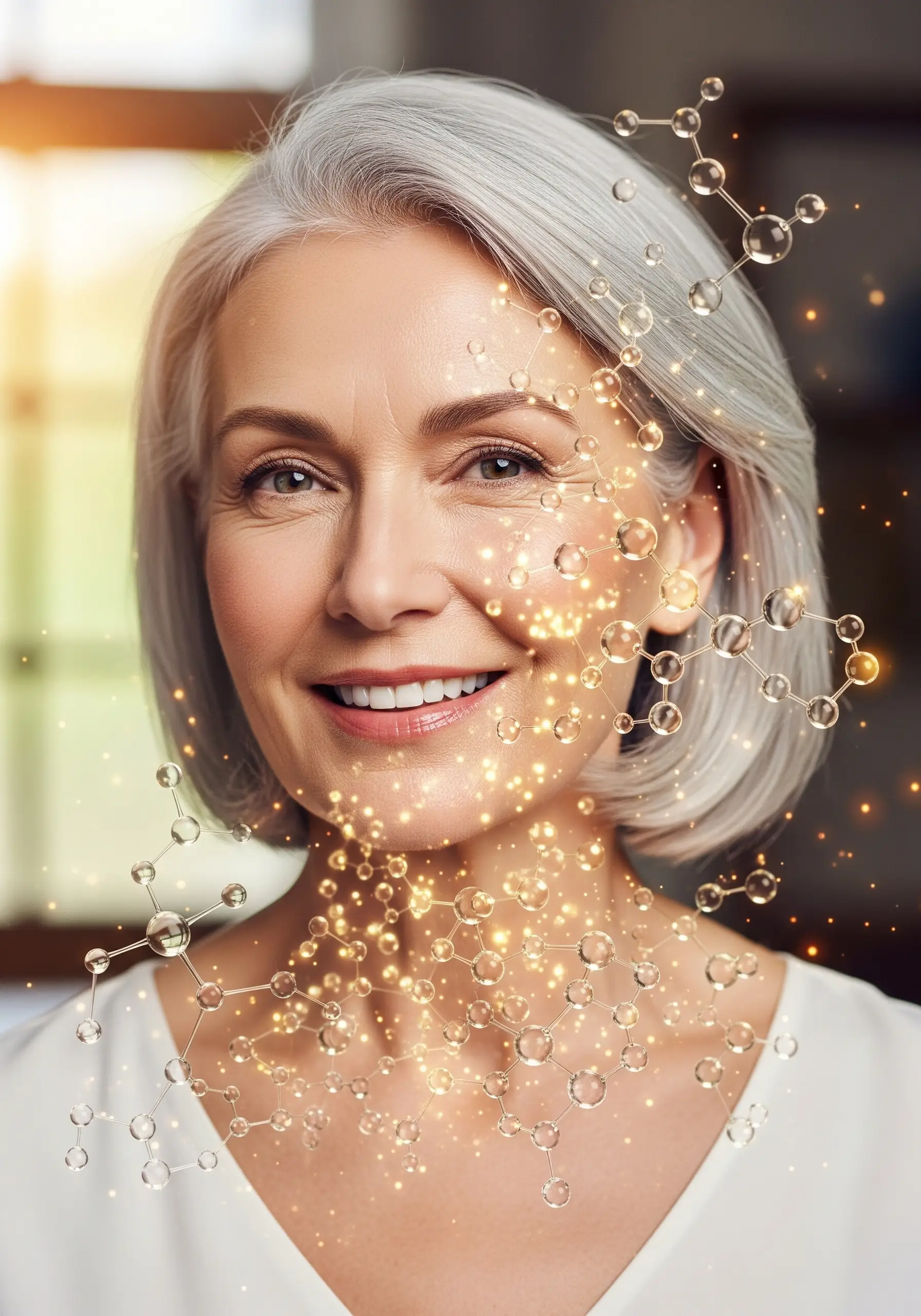
How the enzyme protection system works
Oxygen is essential for life, but in the process of its utilization in mitochondria, reactive oxygen species (ROS) are formed — superoxides, hydrogen peroxide, hydroxyl radicals.
These are the molecules that damage membranes, proteins, and DNA.
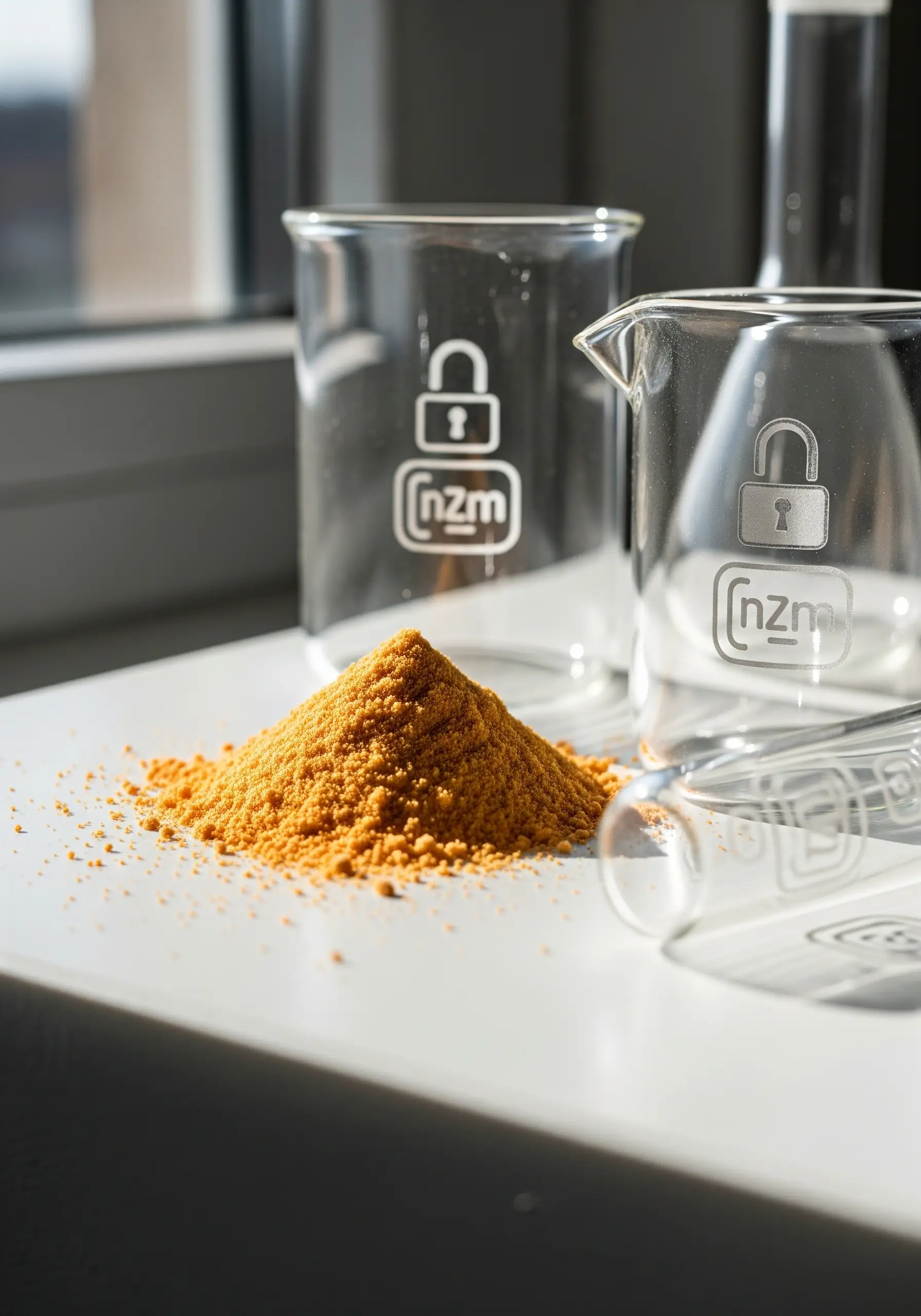
The body has a three-level detoxification system:
-
Superoxide dismutase (SOD) — converts superoxide into hydrogen peroxide.
-
Catalase — splits hydrogen peroxide into water and oxygen.
-
Glutathione reductase — regenerates the antioxidant glutathione (GSH), which “captures” residual radicals.
It works like a toxin recycling plant — each enzyme performs its role, and together they maintain an ideal balance between oxidation and reduction.
Table 1. Main enzymes of the antioxidant shield
| Enzyme | Main function | Cofactors for activation |
|---|---|---|
| Superoxide dismutase (SOD) | Converts superoxide into H₂O₂ | Copper, zinc, manganese |
| Catalase | Breaks down hydrogen peroxide into water and oxygen | Iron |
| Glutathione reductase (GR) | Restores glutathione (GSSG → GSH) | Flavin coenzymes (B2) |
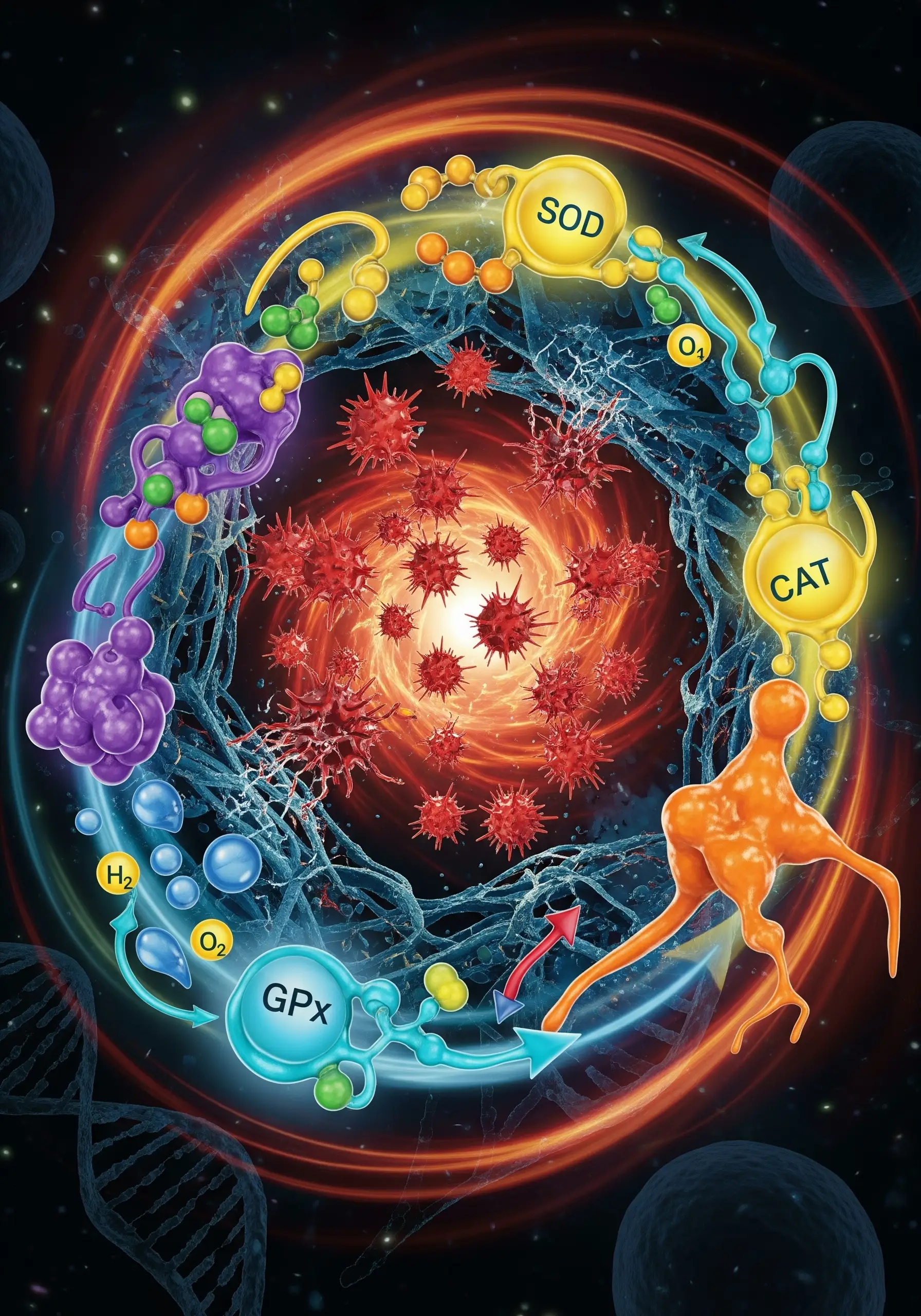
How enzyme activity declines with age
After age 35, the activity of SOD and catalase decreases by approximately 25–30%, and after 50 — by half (Aging Cell, 2024).
The reasons include chronic inflammation, lack of trace elements (Cu, Zn, Mn), hyperglycemia, and insufficient sleep.
Studies show that in people under chronic stress, plasma SOD levels are 40% lower than in the control group, directly correlating with premature aging of the skin and blood vessels.
How to support the “enzymes of youth”
-
Micronutrients: zinc, copper, manganese, selenium, and iron — necessary for enzyme activation.
-
Vitamins B2, B3, E, and C — help enzymes restore the antioxidant cycle.
-
Nutraceuticals: melon extract (source of SOD), alpha-lipoic acid, coenzyme Q10.
-
Cold exposure, physical activity, intermittent fasting — stimulate endogenous enzyme synthesis.
Table 2. Practical use of antioxidant enzymes
| Target effect | Nutrient combination | Expected effect |
|---|---|---|
| Skin health | SOD + zinc + selenium | Reduced oxidative stress, improved skin elasticity |
| Cardiovascular prevention | Catalase + Q10 + vitamin E | Protection of vascular endothelium |
| Anti-stress and energy recovery | Glutathione reductase + B2 + alpha-lipoic acid | Mitochondrial stabilization, more energy |
| Post-illness / detoxification | Full enzyme complex | Detoxification, faster recovery |
Scientific fact
A study by Free Radical Biology & Medicine (2025) showed that a combined supplement of “SOD + catalase + glutathione reductase” over 8 weeks reduced the oxidative stress biomarker MDA by 34% and increased cellular energy levels by 27%.
Thus, enzyme support truly affects cellular energetics — it doesn’t mask fatigue but literally “recharges” mitochondria.
FAQ about the enzymes of youth
1. Can the production of these enzymes be naturally stimulated?
Yes: movement, contrast therapy, an antioxidant-rich diet, and regular sleep.
2. Does taking SOD in capsules make sense?
Yes, but only in a stabilized form (SOD-melon extract, GliSODin®) that passes through the stomach.
3. Do these enzymes help the skin?
Yes, oxidative skin aging is directly related to SOD and catalase activity in the dermis.
4. Can enzymes be combined with vitamin C?
Yes, it enhances the effect — vitamin C restores the antioxidant cycle after enzyme activity.
5. Should these enzymes be taken during stress or insomnia?
Yes, because they reduce oxidative load on the brain and improve cortisol regulation.
Conclusions
Superoxide dismutase, catalase, and glutathione reductase form the enzyme triad of youth.
They don’t mask signs of aging but work deep inside the cell, where energy is born.
By supporting their function with micronutrients, nutraceuticals, and healthy habits, we activate the most powerful antioxidant system nature has created.
It’s not a magic pill but a real biochemical mechanism of extending active life.
References
-
Halliwell, B. Free Radic Biol Med, 2025 — “Endogenous antioxidant enzymes and aging.”
-
Wu, Y. et al. Aging Cell, 2024 — “Decline of SOD and catalase activity with age.”
-
Esposito, F. Nutrients, 2024 — “Micronutrient cofactors and antioxidant enzyme efficiency.”
-
Hara, K. Dermato-Endocrinology, 2023 — “SOD activity and skin aging.”
-
EFSA, 2024 — “Scientific opinion on antioxidant enzyme supplementation safety.”


